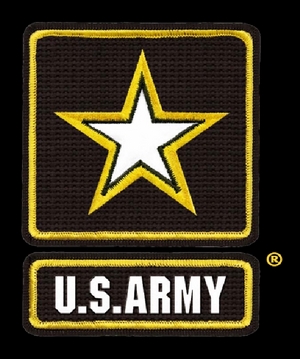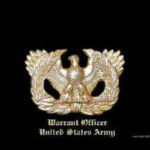Click here to read part one.
Returning to the recruiting station, I shook Sergeant H.’s hand and told him I was ready to schedule to take the ASVAB. This is an acronym for Armed Services Vocational Aptitude Battery.
It is the test given to all new recruits to determine several scores that will guide their branch of service in placing them in an MOS. It also helps determine the amount of cash bonuses and your eligibility for things like going to Officer Candidate School.
The ASVAB was developed by the Department of Defense in the 1960’s and is supposed to be an indicator of a recruit’s ability to perform in several key areas of military proficiency. The sections are:
Word Knowledge(WK): this tests your ability to match words with their synonyms, and eliminate a word that doesn’t belong in a group.
Paragraph Comprehension (PC): tests your ability to read and understand the main ideas and arguments made in a paragraph.
Arithmetic Reasoning (AR): tests your knowledge of multiplication, division, addition, and subtraction of numbers, including positive and negative integers, fractions, and square roots. (Calculators are not allowed.)
Mathematics Knowledge (MK): full of algebra 1 and basic geometry questions; to determine the size of angles, the value of a variable in an equation, etc.
General Science (GS): measures your knowledge of the physical and biological sciences learned in junior and senior high school.
Auto and Shop Information (AS): tests your knowledge of automobile engines and their parts and functions; uses pictures.
Mechanical Comprehension (MC): tests knowledge of mechanics, with pictures used in all questions.
Electronics Information (EI): tests knowledge of electronics and circuitry, with pictures of circuits used in most of the questions.
Assembling Objects (AO): exactly what it sounds like, using pictures.
To my count, there were nine sections on the test. But there is no “overall ASVAB score.” Your score on the mechanical, picture-based sections doesn’t even matter for qualifying purposes. In fact, I’m not even sure why they’re there. What you should really try to do is ace the first four sections — the verbal and mathematics sections.
Do as well as you can on the verbal and math sections, and you will be offered many different MOS jobs. If your recruiter is worth his or her salt, he will give you advice on how to prepare for the ASVAB. My recruiter gave me a government website URL that allows you to sign up and take free lessons on math and verbal areas. This is all I used to prepare; I didn’t buy any books or anything else. Ask your recruiter for this website.
It will present you with lessons on things like subject and verb agreement, the parts of speech, proper punctuation, and more. The math section will walk you through lessons on basic arithmetic and algebra. The website will give you several practice tests to take. These are in line with the material tested on the ASVAB (as well as the SAT and ACT). If you are already studying for the SAT or ACT math and verbal, this same material is what is tested on the ASVAB math and verbal.
You basically can’t take the ASVAB right there in the recruiter’s office. You might be able to take a little mini-ASVAB on a computer to get a taste of it, but the real ASVAB is taken on computers in your area’s Military Entrance Processing Station (MEPS). I also heard that some high schools administer the test in school.
As I took the test in the MEPS in Raleigh, about a half-hour drive from my home, I noticed that most of the other test-takers were high school students and recent graduates. I was amazed to see that few of them seemed to take any advantage at all of the scratch paper and pencils we were all given during the test.
This would be my first recommendation during the test: Use the scratch paper to work out math problems so you can be assured they are correct. Don’t just trust in your ability to get problems right in your head. I mean, what do you have to lose by writing down the problem, right? You have plenty of time, about a minute per question.
And each section is only about 25 questions, so you’re not going to get worn out by the test, especially since the last 5 sections don’t even matter for qualifying purposes!
What I will describe next is my half-day experience at the Raleigh MEPS getting a qualifying Army physical from the staff doctors and nurses there.







